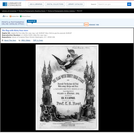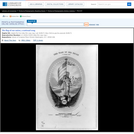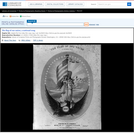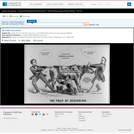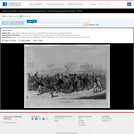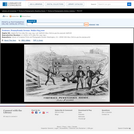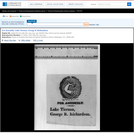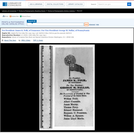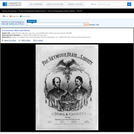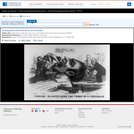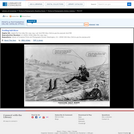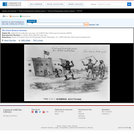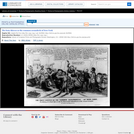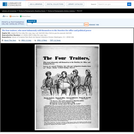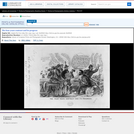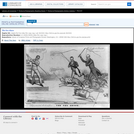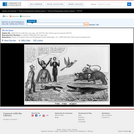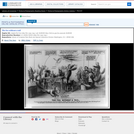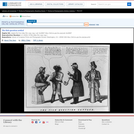
A facetious, and somewhat racist, look at public opinion surrounding the controversy over American fishing rights in British-controlled waters off North America. (See also "John Bull's Fish Monopoly," no. 1852-4.) Four men, all stereotypes, debate the issue and agree on American claims to the rights. A Yankee (seated, far left) motions with his cigar and declares, "I go in for liberty to ketch all the fish I want--I've been in the fish bizness myself and sold porgies for two year on the Avenue." A knock-kneed black man in a wide-brimmed hat and patched trousers agrees, "Ah dat's it Boss! Den you knows all about it ob course. I neber sold porgies, but I hab opened clams and biled lobster. & I tink the freedom ob the seas belongs to us--I does for sartain." To emphasize the point, he stabs the palm of his hand with his forefinger. A Dutchman smoking a large meerschaum pipe adds, "Vell den vot shall I told der British? I shall said go to der duyvil mit your dreaties! Codfish shall pe more goot as de dreaties--I shall ketch de fish & you was ketch de dreaties, py Dam!" At far right stands a bewhiskered Irishman, his hand resting on what appears to be a butter-churn(?). He concludes, "Arrah be aisy now! Only put little Frank Pierce [i.e., Democratic presidential nominee Franklin Pierce] in the chair and he'll settle the question in a jiffy." The collection of character types as well as the drawing style in the print are recognizable as the work of Edward Williams Clay. Compare it, for instance, with his "Seven Stages of the Office-Seeker" and "Ultimatum on the Oregon Question (nos.&1 1852-8 and 1846-1). Reference to the candidacy of Franklin Pierce suggests that the cartoon appeared during the summer of 1852, when public concern over the issue peaked.|Probably drawn by Edward Williams Clay.|Pubd. by John Childs, 84 Nassau St. N.Y.|Title appears as it is written on the item.|Weitenkampf, p. 106.|Forms part of: American cartoon print filing series (Library of Congress)|Published in: American political prints, 1766-1876 / Bernard F. Reilly. Boston : G.K. Hall, 1991, entry 1852-5.
- Subject:
- History
- U.S. History
- Material Type:
- Diagram/Illustration
- Primary Source
- Provider:
- Library of Congress
- Provider Set:
- Library of Congress - Cartoons 1766-1876
- Date Added:
- 06/08/2013
